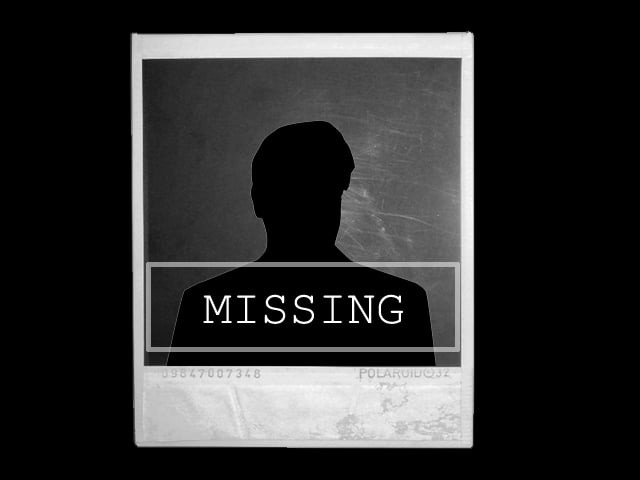
In 2014, the Peshawar High Court (PHC) devoted time and resources on hearing cases which have remained pending. Notably, the court gave special emphasis to petitions on enforced disappearances and heard these cases at least thrice a week.
When Justice Mazhar Alam Miankhel took oath as the new chief justice on April 8, 2014 after the retirement of Mian Fasihul Mulk, the former decided to hear all pending enforced disappearance cases separately so as to provide justice and relief to the families of previously missing persons.

The government had already promulgated the Actions (in Aid of Civil Power) Regulation, 2011 whereby miscreants could be interned for the duration of action taken in aid of civil power. Under the regulation, interned miscreants would be allowed access to proper health facilities and have the right to meet their families.
Yet, it was through the PHC’s orders and notices that the administrations of Khyber-Pakhtunkhwa (K-P) and Federally Administered Tribal Areas (Fata) were forced to inform the court about the whereabouts of people who went missing several years ago.
Order in the court
The chief justice’s courtroom provided a beacon of hope for hundreds of families who wanted to know the whereabouts of the previously missing persons.
From the outset, CJ Miankhel had urged the federal and provincial governments to release those who have been languishing in internment centres for years without any charges.
According to a report submitted in court on May 29 last year, 708 people were traced in centres in K-P and Fata. Another report submitted in court on June 24 added 130 more names to the total number of detainees.

On September 4, a third report identified 96 other detainees whereas fourth reports submitted on September 11 traced 42 others.
A fourth report submitted in court on October 23 revealed that the government had traced some 80 more previously missing persons detained in other internment centres.
Similarly, the fifth report submitted on October 29 identified the whereabouts of 936 detainees. Five of them were released while others withdrew their cases.
These reports indicate that 1,992 previously missing persons were traced in 2014.
According to the government, 20 previously missing persons wanted in various criminal cases had been handed over to police and political administrations.
Amid challenges
A few months ago, the high court introduced a series of changes in the procedure of hearing these petitions. All cases were referred to the additional registrar to issue notices to all respondents. Once this process was completed, the date for the final hearing would be set.
The high court also took severe action in cases where bodies of detainees were handed over to the families. It issued orders to the government saying it was unacceptable to hand over the bodies of previously missing persons to families without at least conducting a post-mortem.
These directions and orders compelled the government to submit oversight board reports on the detainees. However, once it set the ball rolling, a large number of reports on the connection between detainees and militant organisations began to surface. Earlier, the high court had disposed of petitions after it was informed that the detainees had strong ties with militant organisations and were involved in subversive activities.
On December 9, a high court bench was informed that six more previously missing persons who are currently detained have close relations with anti-state elements and have been placed in the black category.
Others detained and placed in the black category included Alam Khan in Bajaur Agency, Usman Ali, Afradzar Shah, Zamin Shah, Akbar Shah and Muhammad Bilal. Two other detainees, Shah Khan and Khan Sahib, were placed in the grey category and detained on suspicious charges. However, all these petitions were disposed of.
Section 14 of the 2011 Actions (in Aid of Civil Power) Regulation states that the governor shall notify a four-member oversight board established at each internment centre. A board comprising two civilians and two military officials is also required to review the case of each person interned within a period of 120 days after the order of internment is issued. Furthermore, the board is also expected to prepare a report for the governor’s consideration.
Published in The Express Tribune, January 3rd, 2014.












COMMENTS
Comments are moderated and generally will be posted if they are on-topic and not abusive.
For more information, please see our Comments FAQ